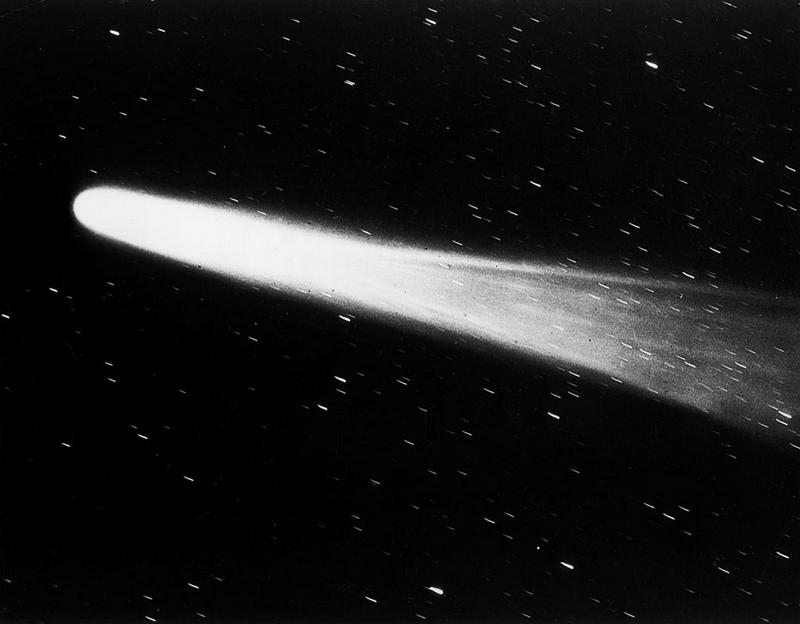When Anti-Comet Pills And Halley-Proof Umbrellas Were Sold In 1910 Ahead Of Halley’s Comet's Arrival
By | February 6, 2022

Halley's Comet visits Earth every 76 years, so people living in 1910 knew the celestial visitor was coming. Over the previous three-quarter-century, however, the comet's powers achieved legendary status, and early-20th-century people worried it would bring death and destruction. Some even took drastic and/or downright silly action.
Halley's Comet In 1910
By 1910, technological advances allowed scientists to observe the approach of Halley's Comet with more accuracy than ever before, but it also allowed them to see things that made them worry. French astronomer Camille Flammarion warned that the comet's tail, made of deadly cyanogen gas, could penetrate the Earth's atmosphere and end all life on the planet. Though other scientists denied such danger to the New York Times, which published Flammarion's claims, there was still concern that the comet was a harbinger of death. A scientist at the Royal Observatory voiced worries that Halley's Comet may cause the Atlantic and Pacific Oceans to change basins, the rain forest of South America to be swallowed up in a chasm, and ocean-dwelling animals to be thrust from the depths to the deserts of Egypt.

Protection Against Halley's Comet
Though the majority of the scientific community agreed there was no danger, the public was so frightened of potentially deadly vapors that store owners couldn't keep gas masks on the shelves. Others sealed themselves in their own homes, plugging up all gaps and keyholes to keep the comet's vapors from seeping in. Some opportunistic entrepreneurs sold "anti-comet pills" that promised to counteract the vapors' effects but were, in reality, just sugar pills or other harmless but ineffective substances. Whether or not these pills were truly sold as medicine or simply novelty products is unclear, but when two men in Texas were arrested for selling them, the community protested to free them. Others bought anti-comet umbrellas purported to ward off the vapors. At least they weren't wearing tin foil hats.

